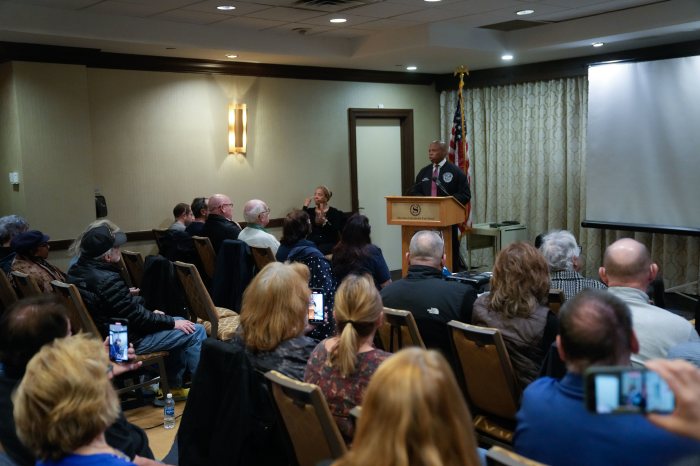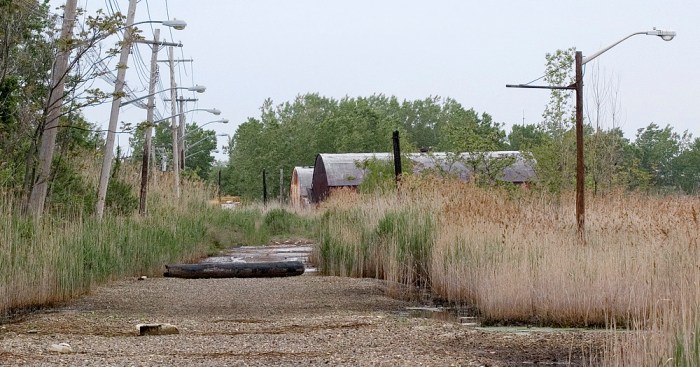In the constantly changing hustle and bustle of New York City, it can be easy to forget the deep historical roots that lie beneath the surface of its communities.
But in a new book, College Point families can learn not just about their neighborhoods past, but about the individuals who inhabited the sleepy neighborhood at the time of the Civil War.
In his book, "This Gunner And His Piece," historian James Haas meticulously documents the stories of 226 College Point men who mustered into the Grand Army of the Republic between 1860 and 1865, their families and the community they lived in.
"Even to this day, some of the descendants still live here," said Haas, who grew up in College Point and is related to three of the soldiers. "A lot of names were familiar to me from growing up."
Over the three years it took to write the book, Haas learned as much about those College Pointers of yore than he knows about their great-grandchildren alive today, if not more.
In what Haas called "a labor of love," the sales representative for a school supply company spent his weekends examining census records, muster rolls, pension records and other documents in the National Archives in Washington DC, unraveling as many details about the mens lives as he could.
According to Haas, most of the soldiers were German born and had moved to College Point to work in Conrad Poppenhusens rubber factory. One of the men, Charles Rausmuller, joined the army a mere five days after he arrived in America.
"Whats fascinating is that their allegiance to the country is not based on birth but was by virtue of choice," said Haas, who is clearly moved by many of the stories his research unearthed.
One of Haas favorite vignettes is that of Henry Apel, who mustered in at the age of 42 in the opening days of the war. Though Apel was discharged after his first two-year term of service, he mustered in again a year later, only to be fatally shot just a week before the war ended in 1865. "That story captivated me because of its poignancy," said Haas. "These are stories that need to be told."
There is also the sad tale of 20-year-old George Vix, who was the first College Point man to die in the war. In a pension department file, Haas found a letter Vix wrote his family, in which he describes a long march during the course of which he saw 64 soldiers drown as they tried to cross a river on a leaky raft.
Haas draws heavily on the local Queens newspapers of the time to show what life was like for the roughly 2,000 people who stayed at home in College Point.
"Earlier on, it was "Three cheers for the Constitution," He said. "But then it got less gung-ho.
Haas said he loved finding links that still exist between the past and present. For example, William Johann who owns Johann C & Sons Inc. funeral home in the neighborhood is the great grandson of soldier Matthew Johann, who appears in the book. He also said he is looking forward to an upcoming speaking engagement at St. Fidelis Catholic school. Many of the soldiers attended St. Fidelis in the 1860s, and the church still serves the neighborhood today.
"The kids need to understand what took place here 140 years ago," he said. "They are the current version of the soldiers. History is a living thing."
Haas will also be speaking at the Poppenhusen Institute, 114-04 14th Road, on Saturday October 19. For more information, call (718) 358-0067.


































